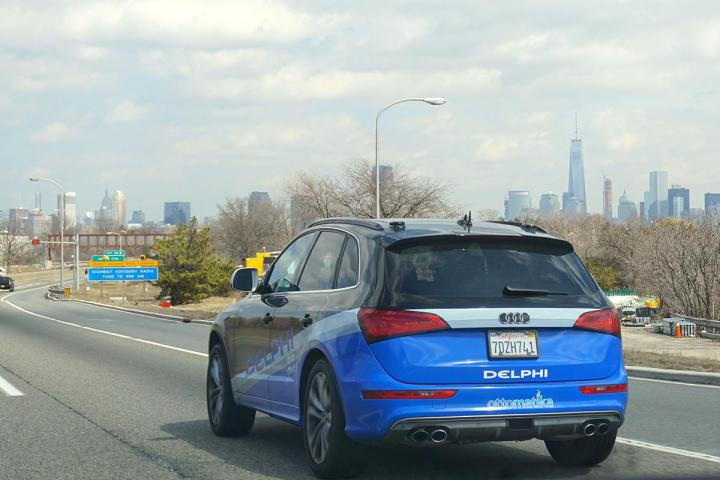
It’s believed to be the longest automated drive ever undertaken in North America, and Delphi engineers are going to use the three terabytes of data that were collected to refine their systems further. With a suite of radars and camera fitted on board, the car was able to handle just about everything the highways could throw at it, no matter what the conditions.
Delphi’s Chief Technology Officer Jeff Owens said that the human operator intervened once in a construction zone and once to avoid police stopped on the hard shoulder. Improvements are needed in the way the car recognizes road markings of different types and qualities, but overall the project has been a huge success.
“The team of engineers continue to be pleased and excited with the performance of Roadrunner, as they extensively tested Delphi’s technology used in the automated driving car,” said Delphi in a statement. “Performing exceptionally well, the car navigated through mountains, heat, traffic jams, trucks, road construction, and even tumbleweed.”
You can find a selection of photos and videos from the trip on the Delphi website, as well as more information about the kit involved. The firm supplies its technology to a number of partners in the automotive industry, concentrating on the underlying hardware rather than an autonomous car of its own.
With several big names working on self-driving motors, these intelligent vehicles could be with us sooner than you think. Nissan chief executive Carlos Ghosn said this week that he expects to see some level of autonomous technology in a Nissan car before the end of 2016, with the cars capable of navigating busy urban environments on their own by 2020.


